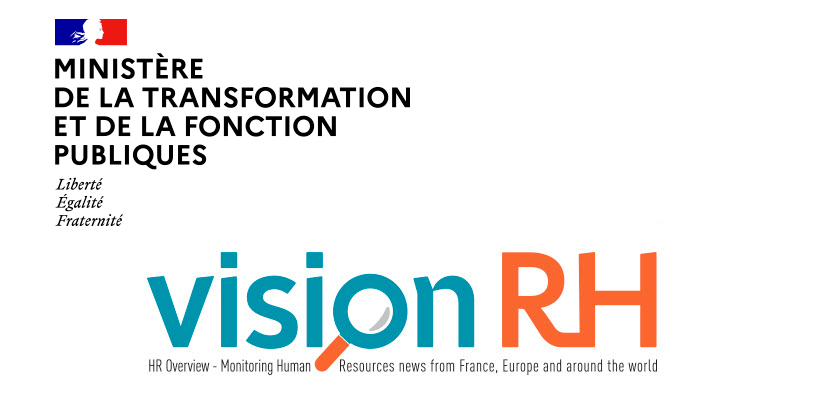Structuring and professionalising the HR function: two measures with a major impact
Whether through recruiting, training or supporting personnel, public HR departments play an active role in government transformation. As a central part of reforms, they are directly involved when new management frameworks are introduced and are there to meet the needs of employees.
This trend has led to structural changes as well as the wider professionalisation of the HR function, driven primarily by the objectives of adapting to needs (at local or sector level) and speeding up decision-making.
There is emerging interest in creating HR career paths, akin to what has been done with IT professions. The United Kingdom has the Human Resources Profession, comprising HR professionals across the civil service working in ministerial departments and government agencies. Organised as an institutional function, it includes nine job families and four job levels. A framework sets out potential career pathways.
Inspired by this model, other English-speaking countries have taken a similar approach. Ireland recently established a pool of specialist managers. Managers with primary training or a background in HR work with their teams to develop and implement local strategies, part of the move toward regionalisation.
A good HR system can make all the difference. In South Korea, the government invested in e-Saram, a powerful and comprehensive multi-purpose information system which is used not just for personnel management but also for setting HR policy, thanks to decision-making assistance modules. All users have access, based on their profile, to the same up-to-date information. A similar system, DFØ-HR, has been introduced in Norway.
While most national in-service training providers now offer a diverse range of tiered theory-based courses, hands-on experience remains the best way to learn. In Belgium, HR professionals can earn certification in the areas of candidate selection and expertise, according to a methodology developed internally. Three successive levels of autonomy are offered. The paths combine face-to-face and online training and offer mentoring support.
Although there is a trend toward decentralisation, in France and elsewhere, some countries are taking the opposite tack. Finland, for example, uses a shared services centre (Palkeet) to which public entities can contract out all or part of their HR administration. To date, it has proven to be a popular method for optimisation among most administrations, both big and small. The P-direkt centre in the Netherlands provides a similar service.
Somewhere in between the two approaches is a system that provides occasional support for HR needs. It’s a model used by two smaller EU countries:
• In Malta, where all HR processes have been reorganised and departments are now involved in a continuous improvement process, the People and Standards Division actively supports departments in applying newly developed directives.
• In Luxembourg, by creating an HR skills centre tasked with providing tools and offering support and supervision services to departments, the government is taking a more operational approach to responding to one-off requests for assistance and training.
Ensuring that HR professions are recognized and respected so that they become a more popular career choice is the objective of the IPMA-HR (1), which is based in the United States.
1 IPMA-HR for "International Public Management Association – Human Resources".
 |





